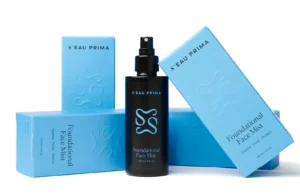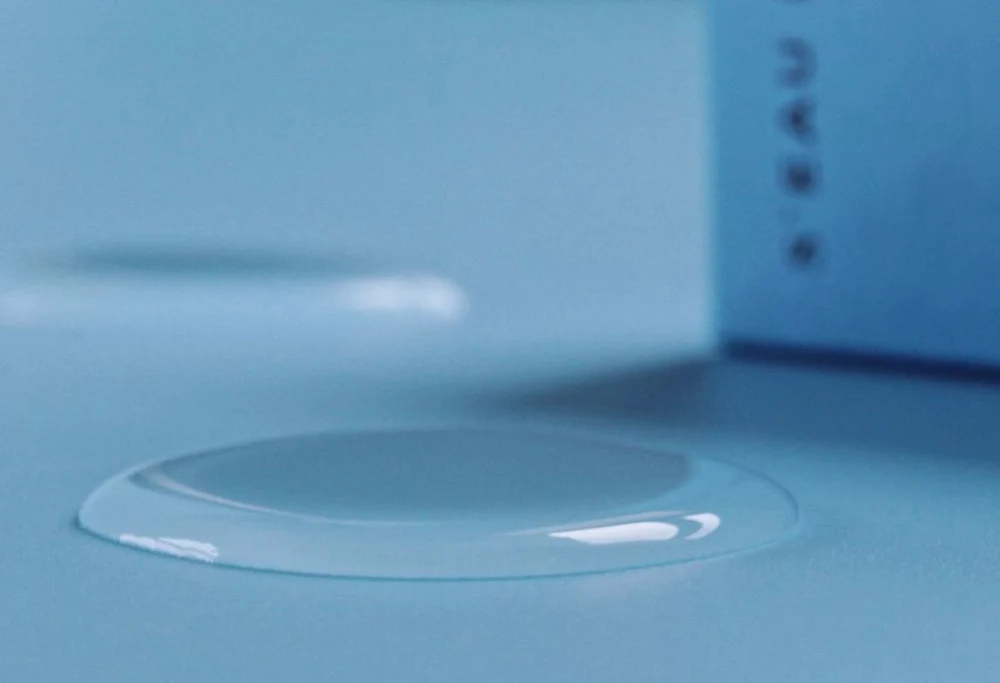In the ever-evolving world of skincare, few ingredients stand out as truly revolutionary. One quiet but powerful molecule is doing just that—hypochlorous acid (HOCl). While it might sound like something out of a chemistry textbook, HOCl is actually something your body already knows well. And now, it’s becoming a skincare essential.
What Is Hypochlorous Acid?
Hypochlorous acid is a naturally occurring compound produced by white blood cells as part of the body’s immune response. When your body detects injury or invaders like bacteria or allergens, it produces HOCl to help neutralize these threats. In essence, it’s your body’s natural disinfectant—and it’s gentle enough to work without damaging healthy tissue.
HOCl in Skincare: Why It Works
While it’s been used in medical settings for decades to support wound healing and disinfection, HOCl is now gaining traction in the skincare world for its ability to:
- Soothe irritated or inflamed skin
- Help clear acne-causing bacteria
- Support the skin barrier and microbiome
- Reduce redness and reactivity
- Promote overall skin clarity and balance
It’s one of the rare actives that works effectively and gently—making it especially suitable for sensitive, compromised, or reactive skin types.
Key Skin Benefits of Hypochlorous Acid
1. Anti-Inflammatory Properties
HOCl helps calm the inflammatory response, reducing redness, itching, and swelling. It’s an ideal choice for people struggling with conditions like eczema, rosacea, or sensitivity.
2. Antimicrobial Power
HOCl is naturally antimicrobial, meaning it can kill harmful bacteria, viruses, and fungi on the skin—without contributing to resistance (unlike some antibiotics). This makes it helpful for managing acne or preventing infections, especially in post-procedure or broken skin.
3. Supports Skin Healing
Thanks to its role in wound healing, HOCl accelerates skin regeneration and reduces the risk of scarring. It’s a great aftercare ingredient following facials, peels, or even minor cuts and burns.
4. Balances the Skin Microbiome
Rather than stripping the skin like harsh cleansers or alcohol-based toners, HOCl supports a healthy microbiome by targeting only harmful microbes while preserving the good ones.
5. Safe for All Skin Types
HOCl is non-toxic, non-irritating, and pH-balanced. It’s well-tolerated by even the most sensitive skin types, including children and those with chronic skin conditions.
How to Use Hypochlorous Acid in Your Routine
HOCl is most commonly available in mist or spray form and can be used:
- After cleansing, before serums and moisturizers
- To calm redness or breakouts throughout the day
- As a refresher on-the-go or post-workout
- After treatments or shaving to reduce irritation
- As a skin “reset” during travel or environmental stress
You don’t need to rinse it off, and it layers well with virtually any skincare product.
Why It’s Trending Now
With growing awareness around barrier health and the pitfalls of over-exfoliation, HOCl has emerged as a star ingredient for people looking to simplify their routine while maximizing results. Unlike harsh actives that can damage the skin’s natural defenses, HOCl works in harmony with your skin—making it a standout choice for both minimalists and pros alike.
It’s also aligned with the rise of clean beauty—HOCl mists are typically free from fragrance, alcohol, parabens, and other common irritants.
Is HOCl Right for You?
If your skin is reactive, acne-prone, inflamed, or just needs some gentle support, hypochlorous acid is worth exploring. It’s backed by science, beloved by dermatologists, and increasingly available in clean, effective skincare formulations like S’eau Prima’s Foundational Face Mist.

In a world that often overwhelms us with products, HOCl offers something rare: a truly multitasking solution that works with your skin—not against it.





 No products in the cart.
No products in the cart.